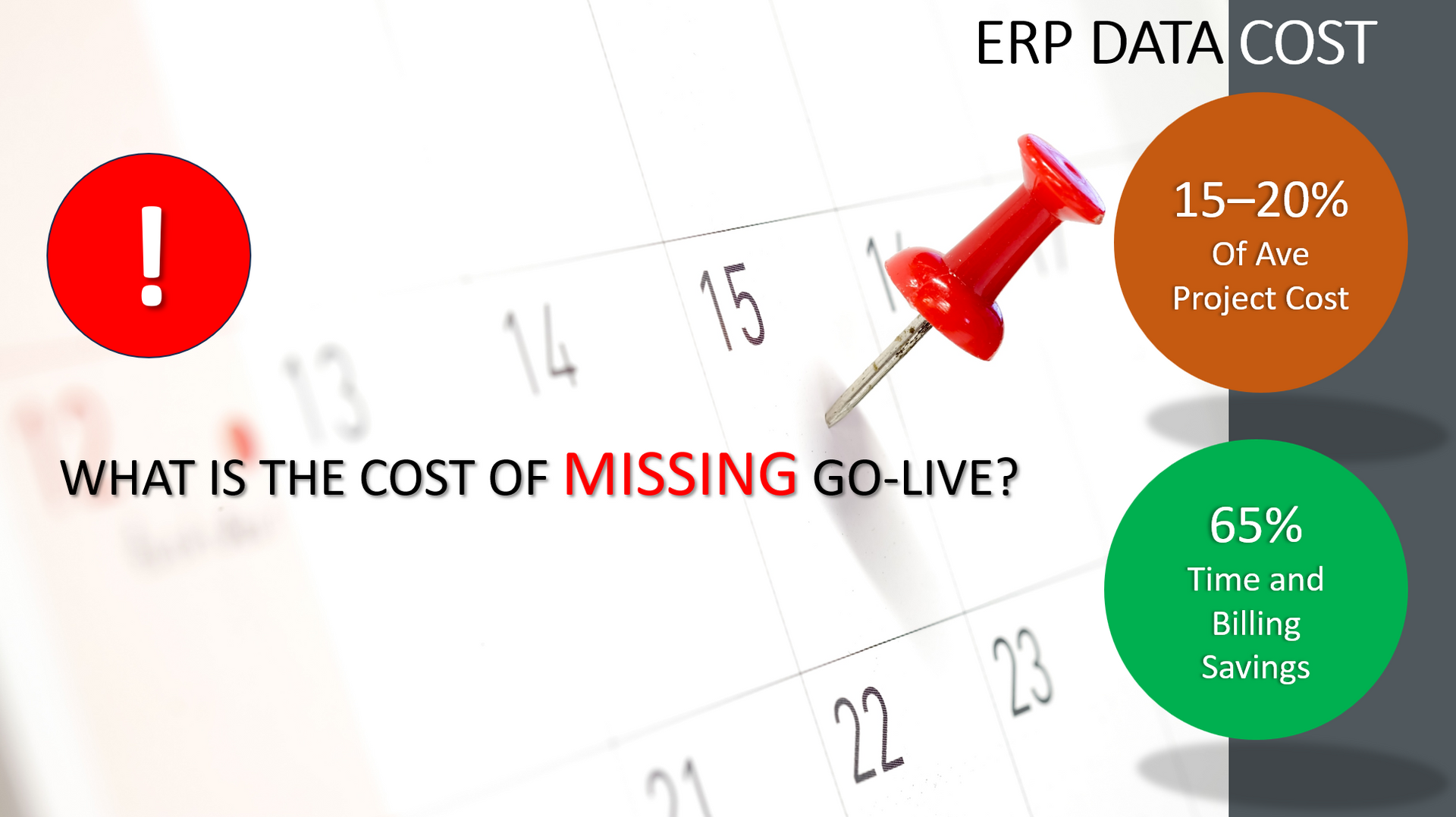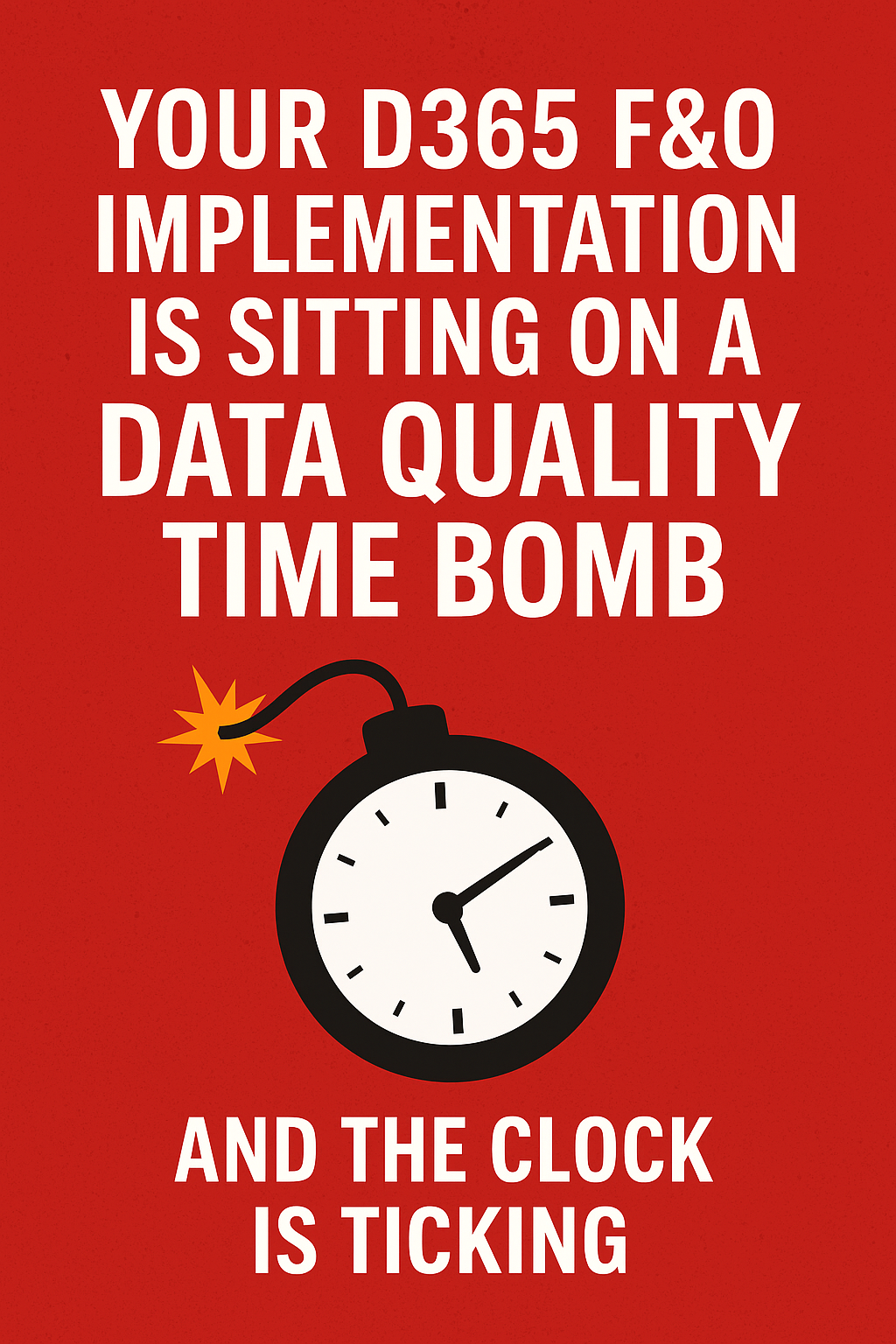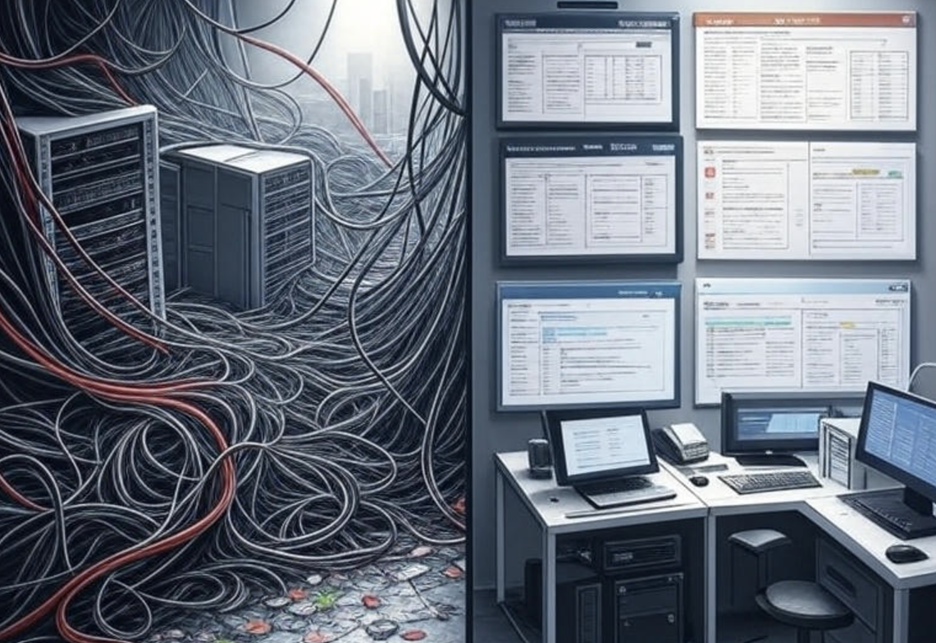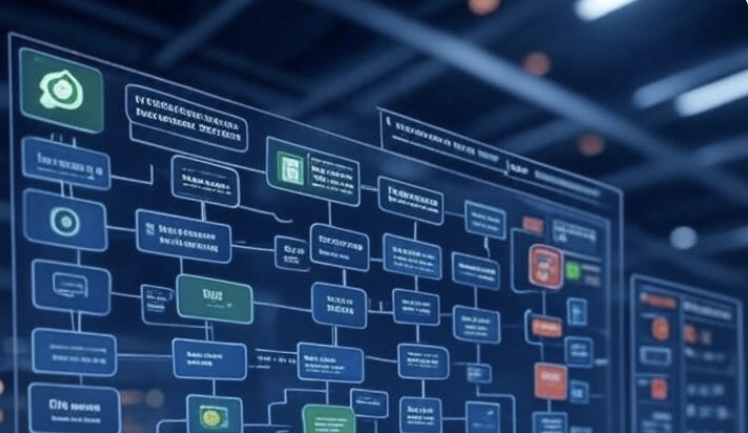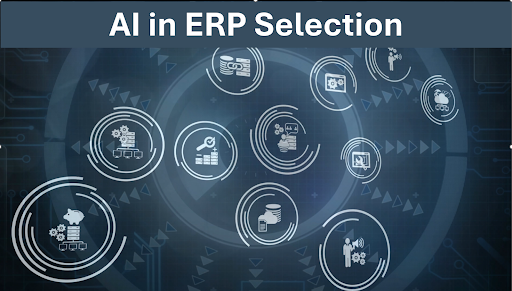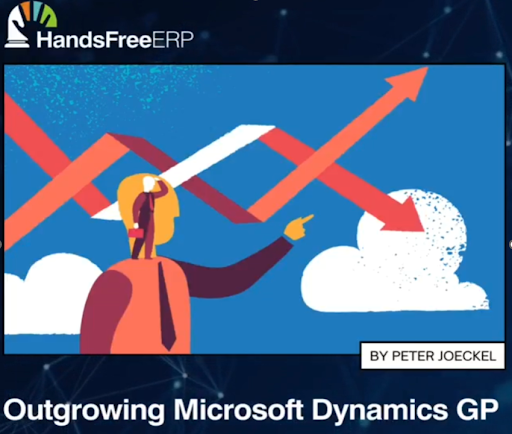I Do Not Want a Stinking Accounting Tech Stack
I Don't Want a Crummy Accounting Tech Stack.
You Cannot Make This Stuff Up

I sipped my morning coffee and scrolled through my overnight email when I came across this absolute gem.
I am going to paraphrase to protect the guilty.
An email from a leading legacy AP Automation vendor promoting their latest blog.
The topic? What is an accounting tech stack, why you need one, and how to select the correct accounting stack for your business?
No, no, no! Thousand times no!
I can not believe it. Every major flaw in existing AP Automation solutions, the reasons for us developing our HandsFree Hyperautomation Platform, all in one blog, promoted as a benefit.
Unbelievable.
Let's do a quick review because I have written about this in-depth innumerable times. First and foremost, technology has not improved ERP software. Every major technology applied to ERP has made it more complicated and expensive to install, run and upgrade. Also, data has been harder to input with the introduction of:
- Windows.
- The mouse.
- The browser.

Instead of reducing the size of the technology stack and focusing on technology that improves data input speed and accuracy, legacy APAutomation solutions layer on additional functionality such as:
- Workflow
- Document management
The result is more complexity and more cost. The goal should be to use technology to improve data entry speed and reduce errors, not add more functional "stuff."
Worst of all, many ERP solutions have built-in workflow and document handling capabilities that suit the needs of many companies.The solution is to update from legacy AP Automation point solutions to the HandsFree Hyperautomation Platform to reap the following benefits:
- Free your AP Automation technology to handle any document automation requirements
- Free your AP Automation solution from unnecessary overhead like workflow and document management
Ride the new wave of document automation...
HandsFree ERP is dedicated to supporting clients with their ERP initiatives, enabling companies to seamlessly connect users with their ERP partners. By utilizing skilled professionals, streamlined processes, and cutting-edge tools, HandsFree ERP significantly boosts the success rates of ERP projects.





